In Kate, Mary Elizabeth Winstead plays a meticulous and preternaturally skilled assassin at the height of her game. When she uncharacteristically blows an assignment targeting a member of the yakuza in Tokyo, she quickly discovers that she’s been poisoned, subjected to a brutally slow death, but just enough time to exact revenge on her killers. As her body deteriorates, Kate forms an unlikely bond with the teenage daughter of one of her past victims, as she embarks on one last job. Set in Japan, Kate is an action packed revenge thriller with a Neo-noir aesthetic, and one that’s bound to please lovers of both anime and Luc Besson.
About 20 minutes into the movie, we see our first big action set piece that takes place at a place called the Black Lizard. Kate is looking for some leads on where the Yakuza big boss Kijima is hiding out and decides to take out an entire army of his henchmen in order to get that information. It’s an incredibly intricate fight sequence that takes place in a very tight setting. It’s got knives and guns, kicking and punching, they’re moving from room to room, it’s absolutely relentless.
To give us a break down on just how they pulled all of that off, we reached out to the movie’s stunt coordinator Jonathan Eusebio. Now, Jonathan has worked on everything from Black Panther, to Deadpool, to all three John Wick movies. He’s previously worked with Mary Elizabeth Winstead on Birds of Prey, and when we spoke to him, he had just stepped off the set of the upcoming Matrix sequel.
Umapagan Ampikaipakan: So before we get into it Jojo, for people who don’t know, what exactly does a stunt coordinator do on set?
Jonathan Eusebio: Usually we’re in charge of designing the action sequences, training the actors to do them, help set up shots to photograph the action, and then as well as be in charge of the safety of anyone involved in those sequences. So there’s a lot of responsibilities in being a stunt coordinator.
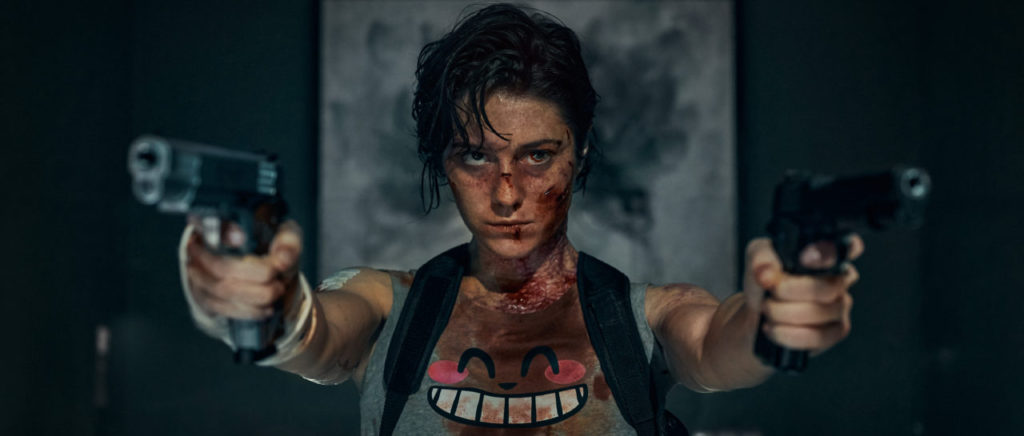
UA: So let’s talk about the Black Lizard showdown. Take us through it from the beginning.
JE: Okay. Let’s go from the start. When I first read the script for Kate, that’s one of the first sequences that Cedric (the director Cedric Nicolas-Troyan) wanted to talk about. So he gives us a general layout of what he wants, like in terms of action beats, emotional arcs, and things like that. And then he described the location. After which we go off and do a preview, which is kind of a visual storyboard of all the action. So we shoot the fight pieces with the stunt team or any doubles we have, and we show it to him, and he just gives us a yes, or no, and tells us what to change. The whole thing evolves as we go. And sometimes, once we get to the set, we’re like, “okay, we’ll do a fight piece in here, that travels in here.” We’ll ask, “what’s around this room?” So we try to base everything off being as realistic as possible. And a lot of it is in the ingenuity that we see on set, on that day.
And if you have a good enough fight team, you can bounce off each other and feed off the energy and the rhythm of the moment.
UA: Is there any room for improvisation, or is it just choreographed to within an inch of its life?
JE: I mean, there’s always room for improvisation. Sometimes when you show up on set, you do it, and then you don’t have enough time, so you have to change something. Sometimes it may look better when you frame the lens up. And you’re like, “oh, it might look better this way.” So you have to keep your skeleton, but at the same time be willing to change and move things around.

UA: What happens once you bring the actor in?
JE: I think I was fortunate because I had already worked with Mary on Birds of Prey, so I already knew what she could do. When she comes into that situation, she already knows what to expect from us, and she also knows what what we expect from her. A lot of the movement is already designed on what she can do and what she knows. So it was actually easy for us to choreograph for her because I already knew what she’s capable of and what she does well.
UA: What makes that sequence in the Black Lizard stand out is how we know where Kate is at all times. We can see every punch. We see each one connect. There is no shaky cam. There are no shortcuts. Talk to me about getting that right.
JE: In order to do those kinds of things, I think the prep is very important. First of all, you need to have a performer that can do everything, then you don’t have to cheat with the camera. They don’t have to cheat with the edit. I can let it live for a longer shot. And, you know that’s your hero or heroine doing it. So when we design the stuff, we make sure we we train the actors to do it. You know, we’re prepared for them to do long masters of these fight scenes. So when we design it, we expect them to do like over 90 percent of it.
UA: And how long is the prep before the sequence actually gets shot?
JE: It depends on the actor’s ability. Sometimes, if we’re starting from scratch, we might train them for two months before we even get on camera, or even in prep. So it can take six to eight weeks, and in that six to eight weeks, we try to figure out the choreography. So we like to design a lot of our training around the choreography. So it’s not like you’re teaching them straight choreography, because things change a lot. So what you have to do is train them in things that they know they can do. And then, when we show it to them on set, in the choreography, they are already familiar with it. So yeah, there’s a structured progression to it.
But also, as a martial arts instructor before, you have an idea of what your student is capable of, and what they know. And that’s how you know what to give to them.
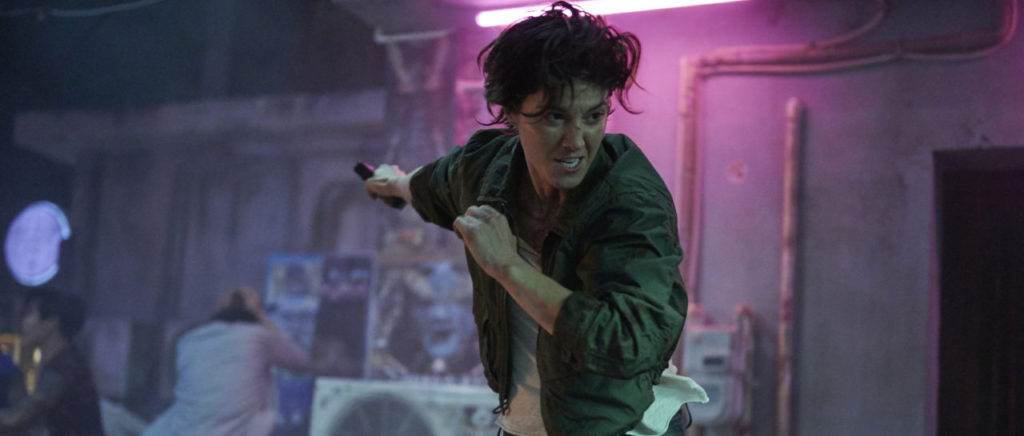
UA: Now the average moviegoer will somewhat recognize everything that goes into the big action sequences. But what are some of the little details that we may not notice?
JE: All those little details, it just comes out when they’re doing the fighting. So what you do is train them to react properly to certain situations. Like learning to avoid a punch properly. If there’s a mistake, then they can kind of adapt. So while we’re teaching them this choreography, we’re actually teaching them to feel the beats. So whatever movement I do, they should do a movement that matches, and vice versa. That way, whenever the camera sees us, we’re doing something, instead of just standing there and waiting for things.
So you want to feel like they know what they’re doing in terms of what’s proper – proper defense, proper offense. Those are the little details. Even things like reloading a gun. You can tell if someone knows how to manipulate a gun and if they’ve trained on a real gun before. It’s the same thing with fighting, or stunts, or even in just the way they stand. You can tell if they’ve done it before. There’s a difference between doing it once or twice, and someone that’s been doing it their whole lives. So part of our thing is trying to train people to look like they’ve been doing it their whole lives.
UA: There seems to be an added realism these days with more and more actors doing their own stunt work. I was curious as to how the stunt community feels about that? Are they excited? Or do they just roll their eyes whenever another actor wants to do everything themselves?
JE: I think we are excited because the audience now is more informed. They’re not fools. They want to see their hero doing everything. So when you all of a sudden cut to a shot of the back of their head, they know it’s a double. You want to keep the believability going and the only way to do it is to do a long take and not to cut like that. So your actor needs to train longer and prepare longer. Because you can’t fool the audience like you used to.
UA: So in a sense, it has become a more collaborative process than before.
JE: For sure. I mean, when you’re doing these long takes, you really have to do it in unison with the other stunt performers, and with the camera too. So when you’re talking about dynamism, it’s not just the moves, but also how it’s photographed, and how the rhythm is between these two people.
There’s a lot of things going on now. It’s not just about being good martial artists or good screen fighters. There’s a lot of things like knowing where the camera is, how to play to the camera, and how to get that flow with their dance partner. For someone like Mary, it’s like you’re worrying about character, you’re worrying about fight moves, you’re worrying about not hurting other people, and you’re worrying about not getting hurt. There’s a lot of processing going on. And I think she shows it off really well in this movie.
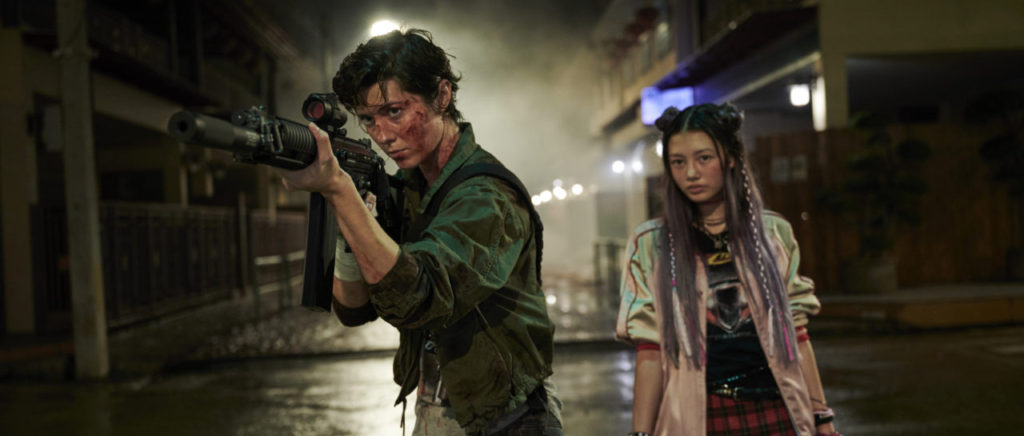
UA: Before I go… and I know you’re probably not allowed to say anything about it… but if you pull a face as to how excited you are about The Matrix Resurrections, I will describe it in my article.
JE: *LAUGHS* I’m excited. Because I think it really is awesome. That’s all I’ll say.

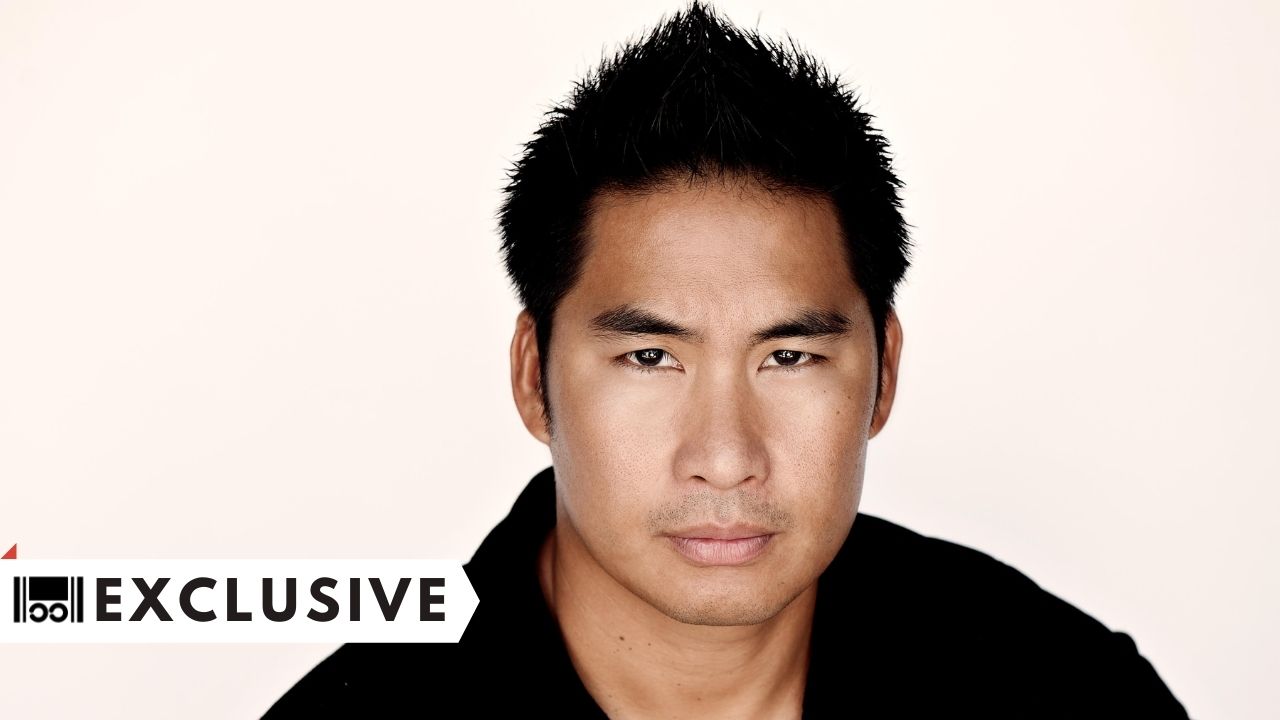
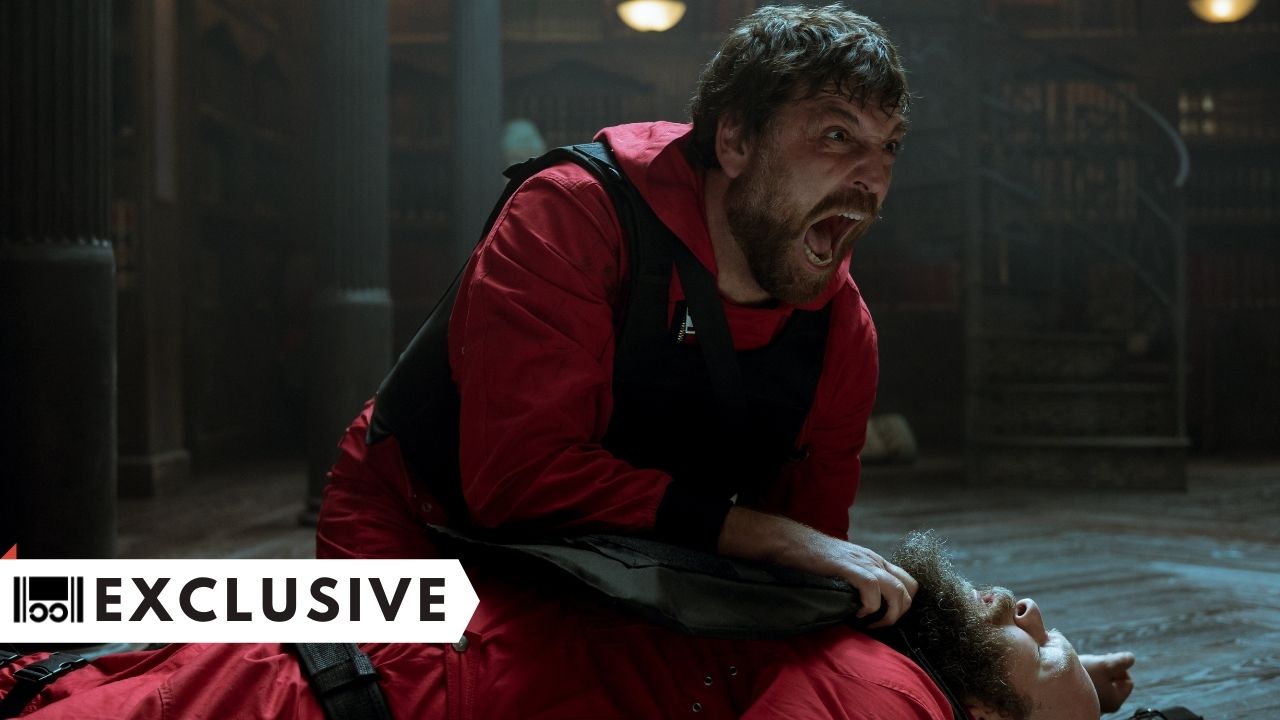


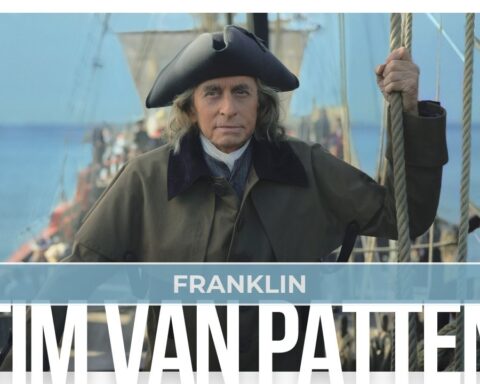
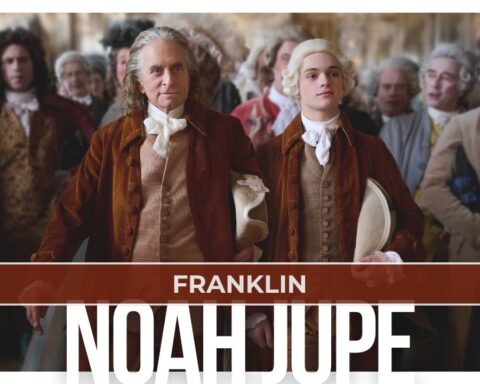

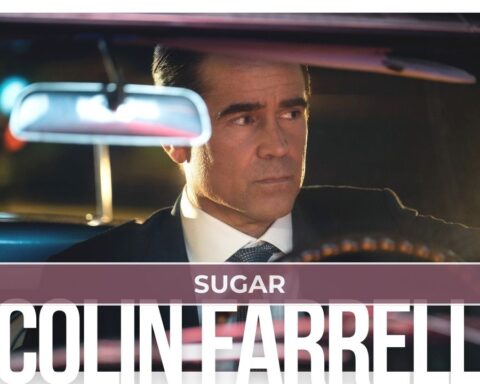
Follow Us